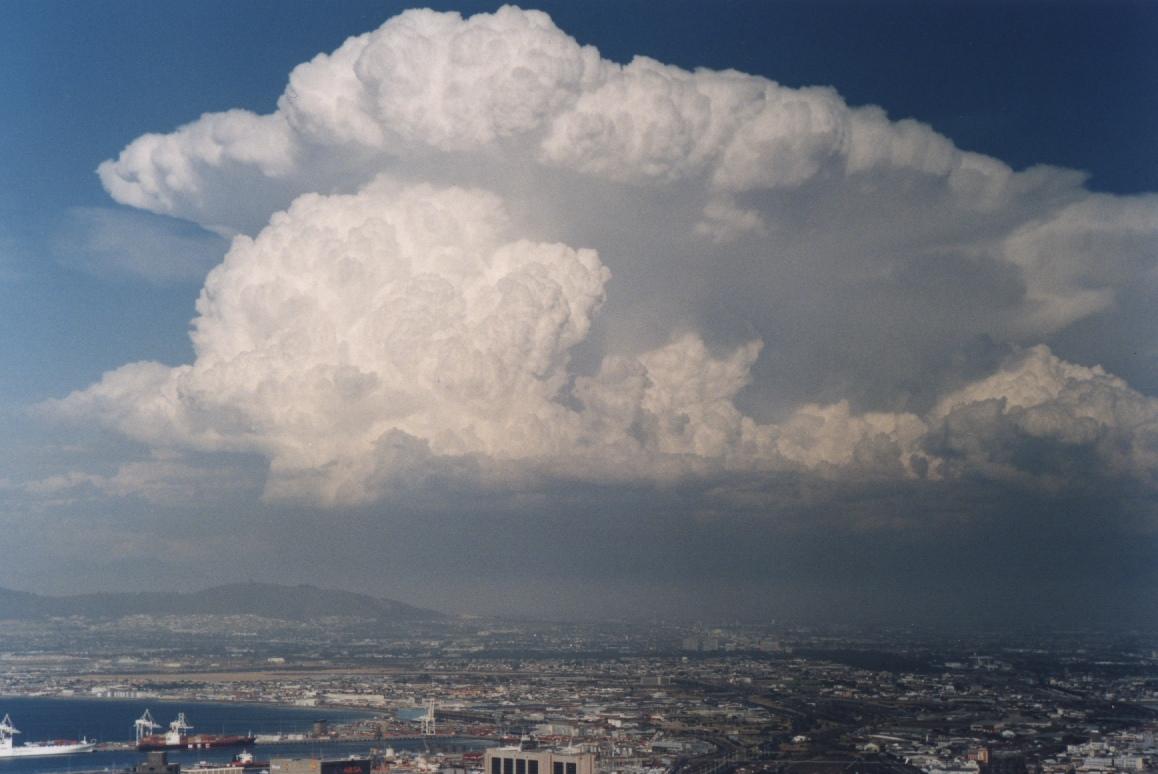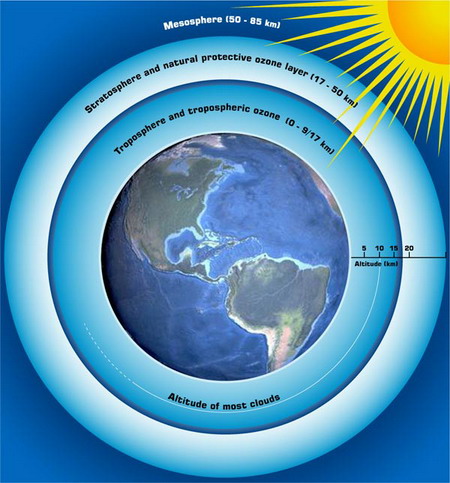The Earth can undergo climate change in a variety of ways. One major way is by the means of “greenhouse gases”. In Earth’s atmosphere, certain gases (under label of greenhouse gas) trap the solar energy “reradiated” from the earth. This contributes to the warmer temperatures of the climate, and the habitability of the Earth. However, since the late 19th century, when the age of industry and fossil fuels really took off, global temperatures have been slowly increasing. From the late 1800s to today, the increase has been about 1 degree Fahrenheit (1). This is blamed on the excessive amounts of greenhouse gases being emitted by humans. To verify, we need to investigate the various types of greenhouses gases in the atmosphere.
 |
| http://www.umich.edu/~gs265/society/gaspie.gif |
 |
| http://www.umich.edu/~gs265/society/greenhouse.htm |
The “greenhouse effect” is natural in nature. Without it, the Earth would 33 degrees Celsius cooler than it is now (3). That would kill majority of life on Earth, humans included. The way the greenhouse effect works is similar to a blanket. The Sun sends solar radiation down to Earth. Some of it passes through the atmosphere. This radiation then proceeds to warm the Earth. After warming, radiation is reradiated back towards space. Most of this radiation then escapes Earth, but not all of it. The rest is trapped by the greenhouse gases, adding to the overall global temperature (3). Water vapor is the most abundant greenhouse gas. Think about the Earth, roughly 70% of it is covered with water. A lot of this water gets into the atmosphere and serves as a greenhouse gas. However, water vapor is versatile “gas”. In the atmosphere, it goes through loops. Water vapor blocks the sun’s radiation, turns into clouds, and then cools the atmosphere. It is difficult for scientists to measure accurately. (2) Carbon dioxide makes up the semi-majority of greenhouse gases and second most abundant. It is released into the atmosphere by humans exhaling, burning of fossil fuels, and even deforestation. Methane is another natural greenhouse gas, perhaps more potent. It is released into the atmosphere primarily by cows (passing gas) and the process of plant decay. It only stays in the atmosphere for 10 years, “but traps 20 times more heat than carbon dioxide (3)”. Nitrous oxide is another gas that is released by human/animal waste. This gas can stay in the atmosphere up to 100 years. Ozone is a natural greenhouse gas by means of absorbing UV light from the sun. Ozone particles in the stratosphere absorb excess amounts of UV-B radiation from the sun. Upon absorbing, said radiation, they produce heat, similar to how a greenhouse gas traps heat (4). Fluorocarbons are more human responsible greenhouse gas. HFCs (hydrofluorocarbons), the substitute for the ozone-killing CFCs, are greenhouse gas material. Instead of killing the ozone layer, they heat up the Earth’s atmosphere (4).
Not all of climate change can be blamed on humans as most people would think. Volcanoes can be a big player in the “climate change picture”. When a volcano erupts, most people would think that just lava comes out. Lava is just a part that comes out, large amounts of gases and dust particles are also thrown into the atmosphere. Dust particles can stay in the air for days to months, depending on where they are in the atmosphere. During this time, these particles can block the sun and produce “cooling effects”. Following the eruption of the volcano “Tambora” in 1815, a severe cooling effect with cold temperatures caused crop failure in North America and Europe (5). Volcanoes that eject sulfur oxide/dioxide can affect the climate even more greatly. This sulfur oxide/dioxide reacts with water in the stratosphere to form droplets of sulfuric acid. Surprisingly, these droplets reflect a great amount of sunlight, producing an even greater cooling effect (5). A volcano can also contribute to global warming by ejecting mass amounts of carbon dioxide into the atmosphere (5).
 |
| http://www.bugbog.com/images/galleries/costa-rica-pictures/costa-rica-arenal-volcano.jpg Works Cited 1. Global Warming FAQ. NOAA, 20 Aug. 2008. Web. 22 Nov. 2010. 2. Greenhouse Gases. NOAA, 23 Feb. 2010. Web. 22 Nov. 2010. 3. 3. Hopwood, Nick, and Jordan Cohen. Greenhouse Gases and Society. University of Michigan. Web. 22 Nov. 2010. 4. Science: Ozone Basics. NOAA, 20 Mar. 2008. Web. 22 Nov. 2010. 5. Volcanoes & Climate. Wheeling Jesuit University, 30 Sept. 2010. Web. 22 Nov. 2010. |











